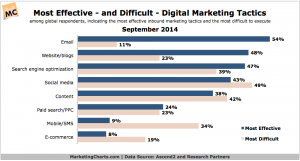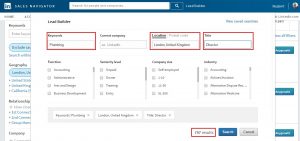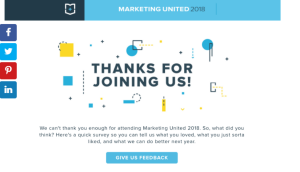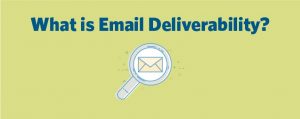Native advertising has become a hot buzzword in digital advertising, perhaps sometime being used too much to show people you are ‘with it’. While advertisers and publishes adore this format, mainly because it integrates seamlessly, readers have a much more complicated relationship with native adverts.
There are two sides to the native ad spectrum. Those that are seen as native content, and those that are native banner ads, usually seen within mobile apps. The issues and protests to native ads normally arise when users see content on their news feeds with header titles for the ads that say something like “sponsored post”. As a user, they sometimes feel tricked. They fell for an ad that was masked as genuine content that they would like to read. Even if the content was very relevant and even though they do enjoy the content or ads, they don’t want to see ads. They want to have discovered it themselves, perhaps through a friend or colleague. It isn’t natural for them and native ads need to move to the next stage of what i call “real native ads”.
Mobile native ads are very much different in the way they reach users. Often the ads are coming to them in the mobile apps and so try not to ruin the user experience. The ads often look like the theme of the app and come up as interstitial ads, much like a pop up banner on your browser. The ads don’t traditionally look like ads. But here’s the thing. App users are fickle. If they don’t like an experience, they simply move onto the next gaming app or weather app. Ok, the classic mainstream apps are not going to be deleted because they see an ad, but users can slowly lose interest. Generation X’ers can decide between Vine and Instagram without a second thought, so its imperative to do native ads right!
Of Course with anything, when done correctly, native advertising is extremely effective. Below are 5 reasons why your native ads are underperforming and tips on how to fix them.
- Target the Right Audience
With native advertising, one size does not fit all. Ad effectiveness depends on the type of content that the site or app features. For example, a report by IAB and Edelman Berland found that 38% of web users believe that sponsored ads are valuable content across all categories, but only 27% of general news readers believed this was the case. You must place your ads so that they target the right segments.
- Relevance
Again, native ads are inextricable from their context. In order for your ad to blend in smoothly, it must fit in with the rest of the content. Not only will an unrelated ad look out of place, it will annoy the reader. This can and probably will lead your users to drop off the radar and churn much quicker than predicted. If you don’t offer relevance to your audience, then money is going down the drain.
- Be Transparent
Arguably the largest issue that consumers have with sponsored ads is that they are perceived to be deceptive. Unfortunately, the best aspect of native ads, their integratability, is also their Achilles heel. A study by contently showed that 66.8% of readers felt deceived upon realizing that an article or video was sponsored by a brand. It is essential that you disclose that your ads are sponsored as well as possible.
- Use Cross Promotion
If you have content on multiple platforms, use them to your advantage! Mobile app developers especially can benefit from cross promotion across apps if they have a large database and multiple apps. One mobile advertising platform has found a solution for this. justAd have created a tool called Native Action. This is a platform that allows you to cross promote your apps within your own database (only if you have millions of users in the first place) with rich media ads. Tools like these have been found to have better ROI’s because the cost is lower top acquire those users. Cross promotion is a standard method of marketing and advertising in consumer products. They are using native ads within the application to make sure the user doesn’t lose the experience, while still enjoying the ads. A study showed that native ads that included rich media increased conversion rates by 60%. This statistic is enough for any CRO to jump on the bandwagon and say that its not only mobile now, its mobile first!
- Be Authentic
Quality is more important than quantity when it comes to native ads. Many brands churn out numerous, mediocre adverts in hopes that one will go viral. This strategy should be avoided. Your ads must engage the reader and provide them with new information. Native ads with informative content are seen as more trustworthy and are more likely to be shared.
Native ads are extremely valuable to advertisers and publishers. Readers view them 53% more than they do banner ads. In addition, they are more shareable; 32% of consumers said they would share a native ad, compared to 19% for banner ads. Mobile ads that use native creatives that also hold good call to actions have CTR’s of over 60%. This can be huge numbers of new downloads to your apps, while making sure the user doesn’t have a bad experience. After all there is no point in gaining new users, while losing others.
Follow these tips to get the most out of your native advertising campaign, whether it is content or mobile ads, you are sure to have successes. Performance isn’t just skin deep. It goes to the heart of the marketing strategy and advertising campaign. Try to also look at what you customers are doing, thinking and consuming. This can change the game completely. If your target audience is generation X, but you are talking to them like they are generation Y or dare i say it plus 45 years old, then its going to change everything.
Digital & Social Articles on Business 2 Community
(445)




